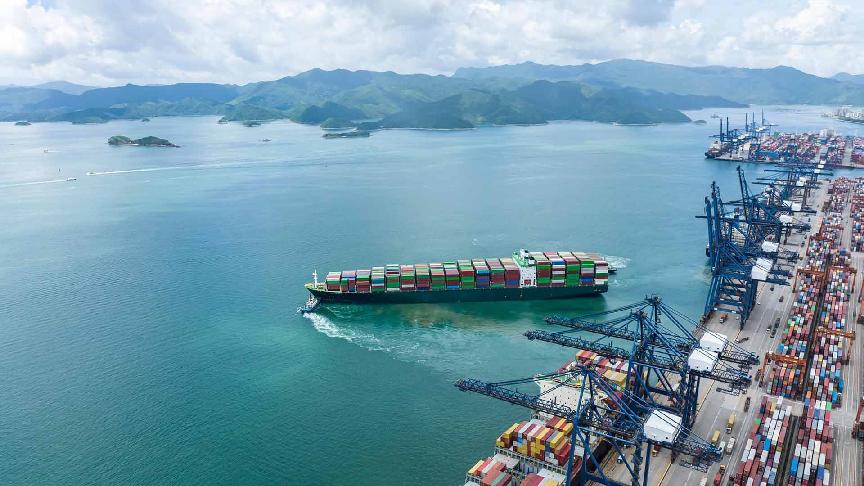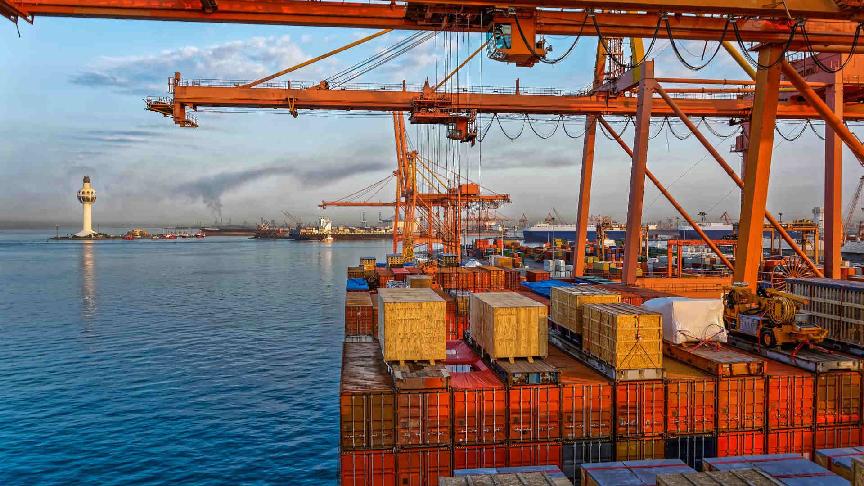5 March 2024 (Lloyd's List) - THE jury is still out on whether the market can absorb the huge volumes of containership capacity to be delivered over the next few years, even with the additional requirements of diversions around the Cape of Good Hope.
“The orderbook is at almost 25%, or 7m teu of capacity on order; that is quite a tall order,” Alphaliner senior analyst Jan Tiedeman told the S&P Global TPM conference in Long Beach.
But while the orderbook was large, it might not be as big problem as some suggested, he added.
“The 7m teu on order is a tremendous amount but the orderbook stretches out further than it has ever done before,” he said.
“We are looking at ships contracted for five or six years ahead as carriers tried to lock in vessel orders early to beat rising prices. Of the 7m teu that will hit the market, the vast majority will only come quite late.”
And with prices rising and demand for slots coming in from other sectors, there will be no large containership orders in coming years.
Another reason was that for the first time, large containerships are coming towards the end of their working lives in the next decade. Emma Maersk, the first vessel to be considered an ultra-large containership, will turn 18 this year, and there are a number of 10,000 teu-plus ships that are older.
“A third of the fleet is over 15 years old, and 12% is over 20 years old,” Tiedeman said.
“These ships have no long-term future in the market. In the past they could always be put on a trade where their age was not so much of a problem, but for ships over 10,000 teu this is not possible.”
That means many of these would be scrapped in the not too distant future.
Tiedeman also noted that slower speeds could help reduce capacity further.
“Slowing just the Asia-Europe and Asia-US west coast trades by 1.5 kts-2 kts leads to an increase of 6%-7% in demand for tonnage, without any growth in volumes,” he said.
For now, however, the largest absorption of capacity was coming from rerouting of traffic around the Cape of Good Hope.
“The Cape of Good Hope rerouting and the Panama Canal restrictions are forcing ships into longer voyages,” he said.
“This requires at least two additional ships for east-west services to maintain full weekly schedules. That is roughly 16% more tonnage for each service.”
But Barclays director of European transport equity research Alexia Dogani warned that the impact of the Red Sea crisis was limited in its impact on overcapacity.
“Before all this disruption in the Red Sea, my view was that the market would go from a 12% new delivery additions to something around 7% net supply growth,” she said.
“The industry had already entered into operating losses in the fourth quarter, so you could imagine there would be some action taken to halt those losses through scrapping or slow steaming and idling.”
The Red Sea diversions had taken up that 6% capacity instead, but the net result was the same because lines were not scrapping, slow steaming or idling because the tonnage was needed on the longer routes.
The backdrop of oversupply is therefore relatively unchanged even if the Red Sea diversion last for a year,” Dogani said.
“New vessel deliveries are peaking in 2024 and capacity management has been very low. Longer term, the boost from geopolitics means that industry repair may take a lot longer to emerge. Ultimately, we really need to see scrapping pick up.”
Container line operators, however, take a more positive view.
Ocean Network Express chief executive Jeremy Nixon said that on a teu-mile basis, the Cape of Good Hope rerouting was absorbing 16% of capacity.
“Scrapping is at an all-time low,” he said. “There aren’t any spare ships for charter and layup is only 0.3% of total supply. Every available ship is being deployed.”
And Hapag-Lloyd chief executive Rolf Habben Jansen suggested that a certain amount of overcapacity in the market was a good thing.
“The amount of extra capacity we need for the Red Sea is more than what is coming into the market this year," he said. “This situation is taking out capacity, which is why we have to sail faster than we would like to.”
But it was wrong to think that supply and demand should be in exact equilibrium, he added.
“That means that any disruption that takes place immediately brings distortion to the market,” he said.
He argues instead that the fact that lines had invested in additional capacity was “a blessing in disguise”.
If none of those ships had been there, then we would have had a lot more crisis dealing with the Red Sea,” Habben Jansen said.
“We need to get away from this notion that we need to have supply and demand in exact balance. To have a little bit of spare capacity, even 3%-5%, helps deal with all sorts of disruptions.“







